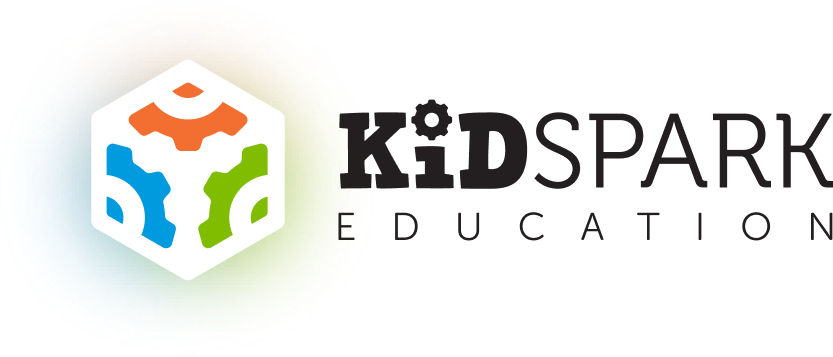Jacqueline Samaroo
Finding the Funds: STEM Programs for Elementary and Middle Schools
At Kid Spark, we’re passionate about helping educators and administrators access the funding they need to provide quality, engaging STEM learning...
A Guide to The 4 Cs of 21st Century Skills
An overview of the 4 Cs of 21st century skills and how they can be used in STEM activities for kids

